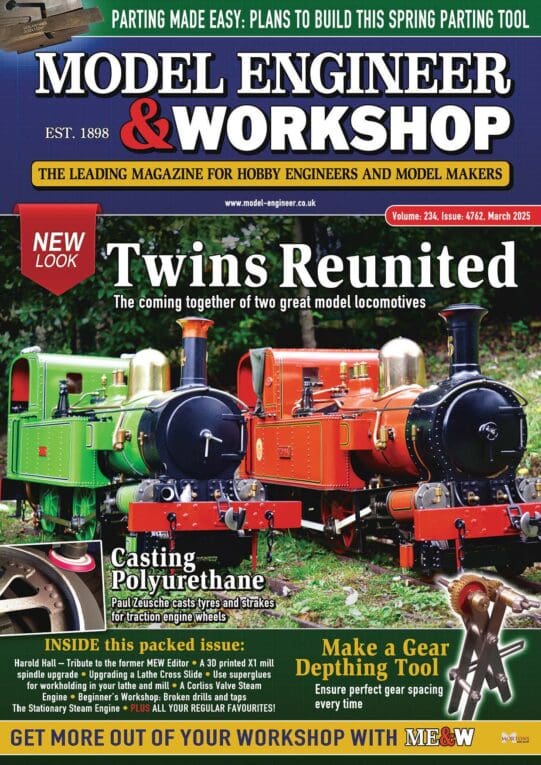Posted by Barry Smith 4 on 18/06/2022 11:26:10:
What's seen safe now may well be proved wrong in the future, as I know from working with asbestos and Mercury as an apprentice.
Barry
When I was at school we played with little drops of mercury on the lab bench.
When I first trained as a science teacher we were told this was not a good idea as bits could get lost and it was very expensive. Also mercury vapour in discharge tubes was hazardous so extra care had to be taken when exhausting a glass vessel containing mercury with a vacuum pump to demonstrate the discharge through it.
When I actually started to teach I asked the lab techs in my first school for a mercury trough, a specially shaped porcelain dish that you filled with mercury and inverted a 1m sealed tube of mercury with your finger over the end and supported in a stand to make a Torricelli barometer.
'Is that to demonstrate or a class set of 15?' was the reply from the techs.
Can you imagine 30 year 11 pupils each pair with a 1m tube of mercury plus a dishful as well waving it about and then asking them to stick their fingers in more of the metal? And if their fingers were not on tight (and 1m of mercury weighs!) it would be all over the floor.
I said a demonstration please and later the head of department and I quietly binned all but a couple of the mercury troughs in case some future teacher had the wrong idea. And how much had stocking that much mercury cost in the first place?
Edited By Nick Clarke 3 on 18/06/2022 11:58:49
Samsaranda.


 I agree very much with what others have said and have to admit to using my tig rods to test my gamma spectrometer and dose meters out, along with a bag of potassium chloride and some uranium glazed pottery.
I agree very much with what others have said and have to admit to using my tig rods to test my gamma spectrometer and dose meters out, along with a bag of potassium chloride and some uranium glazed pottery. 

